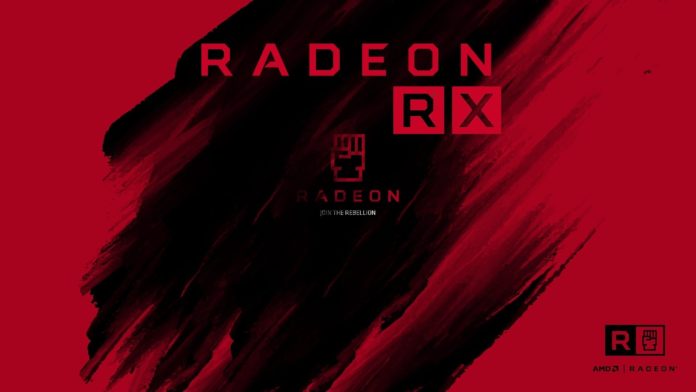AMD has been having a good time these past few years in the CPU market thanks to the Zen microarchitecture. Before Ryzen 3000, the only segment where Intel was still ahead was gaming, but with the newer 7nm Zen 2 chips that’s all but history. The discrete graphics card market has been relatively quiet with AMD rebranding the same

Believe it or not, the last time AMD was ahead was during the age of the toasty Radeon R9 290X which ran as hot as a furnace. At the time, NVIDIA had refreshed the Kepler architecture and the GTX 700 series wasn’t really all that efficient or cutting-edge for that matter. The GTX 780 had just 3GB of RAM while the 290X had 4 resulting in better performance in games like Watch Dogs which had started to cross the 2GB VRAM buffer at 1080p. Those were competitive times in the GPU space. The first high-end Ti, the GTX 780 Ti was born which costed as much as the present GeForce RTX 2080 while the flagship, 2080 Ti costs in excess of $1,000. Yes, that’s how bad it has gotten.
However, it seems like the dark times in the GPU market are finally over. After the CPU market, Dr. Lisa Su and Co seem to be hunting for Jensen’s throne and the 7nm Navi GPUs powered by the brand new RDNA architecture are perfect for that.
| GPU Shaere | Q2’19 | Last Year | Unit Growth YoY | Market Share Change YoY | Last Quarter | Share % Change | Qtr. to Qtr. Share % Difference |
| AMD | 17.2% | 14.8% | 4.1% | 2.4% | 15.7% | 9.2% | 1.5% |
| Intel | 66.9% | 68.2% | -12.2% | -1.4% | 68.2% | -2.0% | -1.4% |
| Nvidia | 16.0% | 17.0% | -15.9% | -1.0% | 16.1% | -0.6% | -0.1% |
| Total | 100.0% | 100.0% | -10.4% |
At present, AMD is holding on to 17.2% of the graphics card market while NVIDIA is stuck at 16%. Intel with its iGPUs rules over 66.9% of the graphics shares. However, interestingly NVIDIA hasn’t lost any notable shares in the last quarter, and it’s Intel whose fortunes have fallen. In the first quarter of 2019, Intel had a share of 68.2% which has now fallen by 1.4% to 66.9% while AMD has gained by nearly the same percentage.
Considering that AMD is prepping to launch both high-end Navi 12 as well as small Navi 14 in the coming months while NVIDIA has started to intensify the RTX war, things are set to heat up in the consumer graphics card market after a long time. We’ll keep you posted if and when we hear more.
Read more:



Interesting stats. It does show how important iGPU’s still are in a shrinking market and that AMD isn’t really competing in that space yet. AMD’s APU offering is very thin compared to Intel. Intels numbers will be entirely composed of iGPU’s and Nvidia’s entirely of dGPU’s while AMD’s will be a composite of both. The amount of shrinkage of the total market is surprising. I guess personal computing is another consumer electronics sector that is converging on the phone.